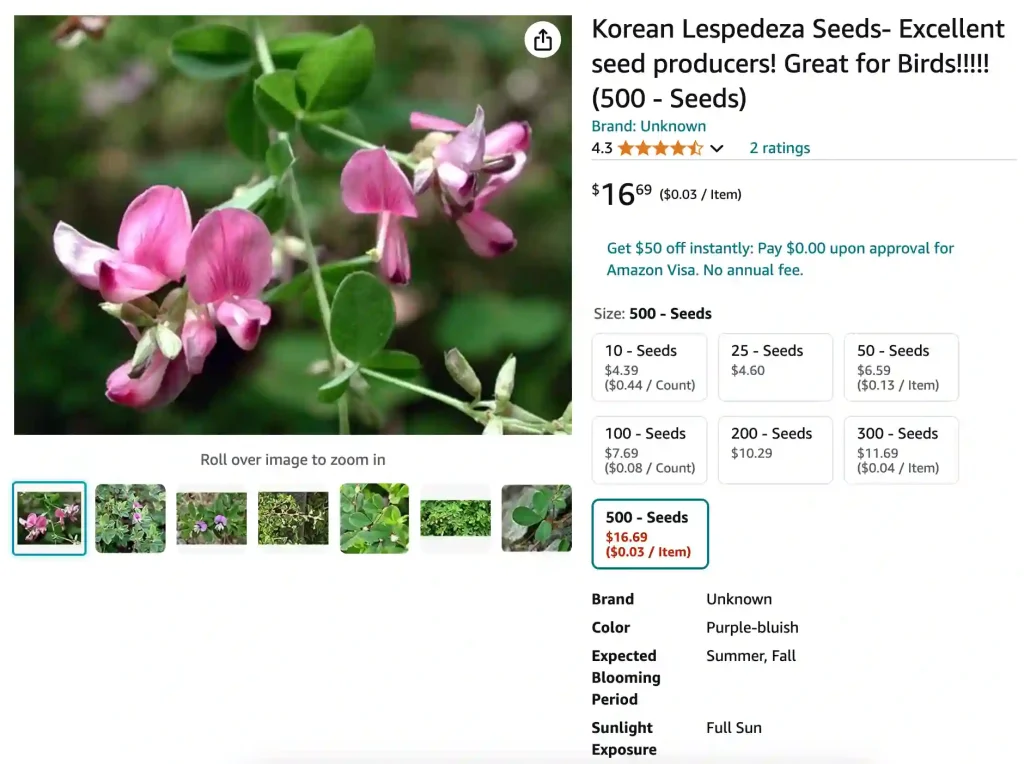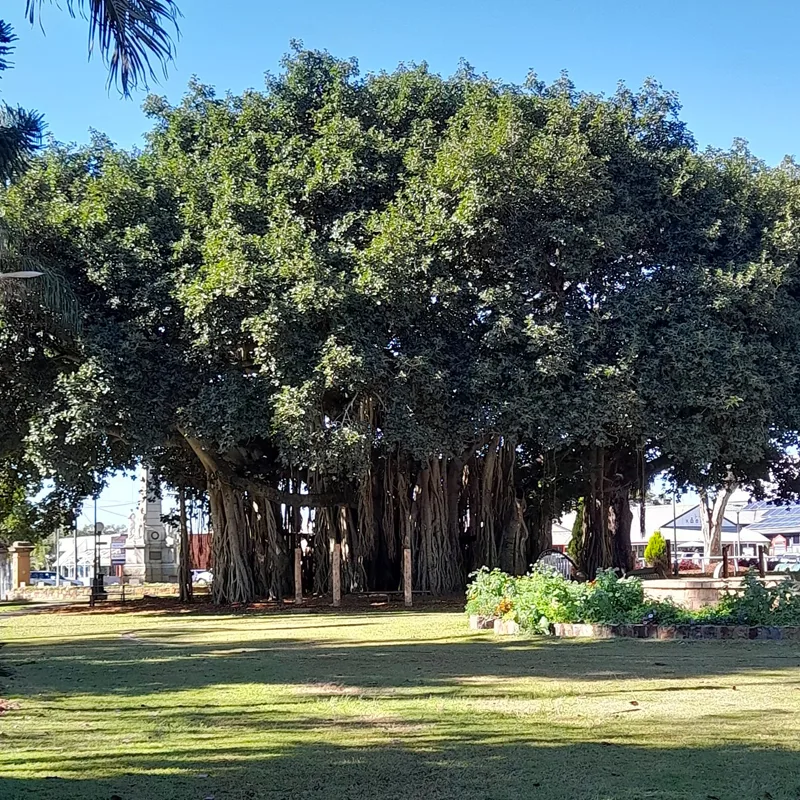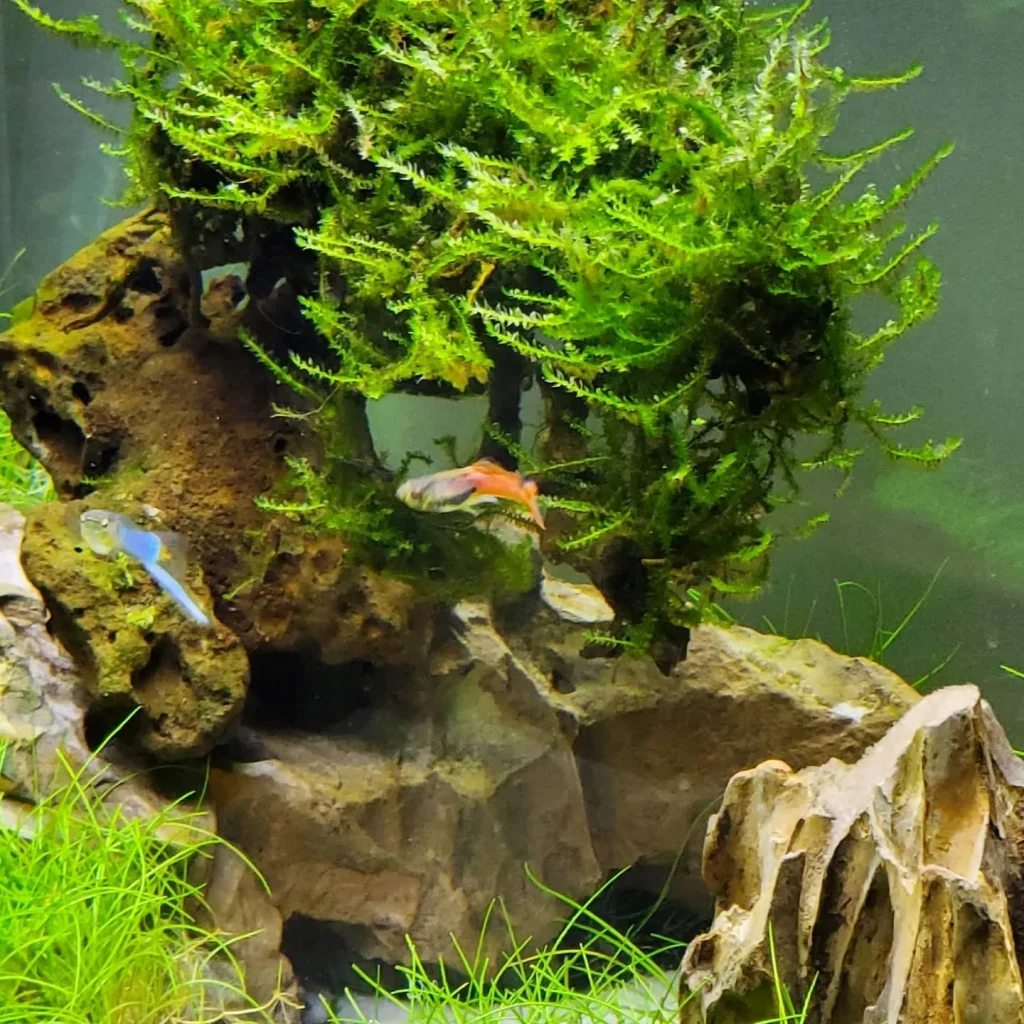
What Is Kummerowia Striata?
Kummerowia Striata, also known as Japanese Clover or Common Lespedeza, belong to the Fabaceae family, is a low-growing legume that’s often found in lawns and pastures. It’s native to Asia but has become a common weed in many parts of the world, especially in the southeastern United States. The plant has small, trifoliate leaves and produces tiny pink or purple flowers in late summer. Although it’s considered a forage plant in some areas, many gardeners view it as a weed because of its ability to spread rapidly and crowd out desirable grasses.
Plant Family: 796 Genera in Fabaceae
How To Identify Kummerowia Striata?
Identifying Kummerowia Striata can be tricky if you’re not familiar with it. The plant grows close to the ground, forming a dense mat of small, three-part leaves that resemble clover. During the late summer months, you’ll notice small, purple or pink flowers along the stems. Another key feature is that the stems are slender and wiry, making the plant appear delicate, though it’s actually quite hardy.
Is Kummerowia Striata Toxic?
Kummerowia Striata is not known to be toxic to humans or animals. In fact, it’s sometimes used as a forage crop for livestock in certain regions. However, if you’re growing a garden with pets or children around, it’s always good practice to ensure that any plant you introduce is safe. Fortunately, this plant doesn’t pose any toxicity risks.
How To Get Rid of Kummerowia Striata?
Getting rid of Kummerowia Striata can be a bit challenging due to its hardy nature and ability to reseed quickly. If you have a small infestation, pulling it by hand is effective, but make sure to remove the entire root to prevent regrowth. For larger areas, applying a pre-emergent herbicide in the spring can help prevent the seeds from germinating. Post-emergent herbicides containing 2,4-D, dicamba, or metsulfuron-methyl are also effective, but you should apply them when the plant is actively growing for best results. Mulching can also help suppress its growth by blocking sunlight, which the seeds need to germinate.
Can You Grow Kummerowia Striata Indoors?
Growing Kummerowia Striata indoors isn’t common, mainly because it’s typically considered an outdoor plant or even a weed in many places. The plant thrives in full sun and well-drained soil, conditions that can be difficult to replicate indoors. Additionally, its spreading nature would make it difficult to manage inside a pot or container. If you’re looking for an indoor plant, I’d recommend something more suited for indoor growth, like a peace lily or spider plant.
What Are the Benefits of Kummerowia Striata?
Despite its status as a weed in many gardens, Kummerowia Striata does have some benefits. It’s a nitrogen-fixing plant, which means it can help improve soil quality by adding nitrogen to the soil. This can be beneficial if you’re growing it as a cover crop or in a field for forage. The plant also provides ground cover that can help reduce soil erosion. If you’re in a region where it’s not invasive, it could be useful in areas where you want to improve soil fertility naturally.
How Does Kummerowia Striata Compare With Other Similar Plants?
Kummerowia Striata is often confused with other clover-like plants such as Trifolium species (true clovers). The main difference is that true clovers tend to grow upright, while Kummerowia Striata grows flat against the ground. Its purple flowers also help differentiate it from other clovers, which usually have white or red flowers. If you’re not sure what’s growing in your lawn, a closer look at the leaf structure and flower color can help you distinguish between these plants.
What Are the Common Problems Associated With Kummerowia Striata?
One of the most common problems with Kummerowia Striata is its aggressive growth habit. Once established, it can quickly take over lawns, gardens, or pastures, crowding out other plants. Its ability to reseed also makes it hard to control. Additionally, it’s relatively drought-tolerant, meaning it can thrive even in less-than-ideal conditions. If left unchecked, it can become a serious problem in lawns and gardens, requiring persistent efforts to eliminate.
How Do You Propagate Kummerowia Striata?
Kummerowia Striata propagates mainly through seed. The seeds are produced in abundance and can survive in the soil for several years, which is why the plant tends to pop up again even after you think you’ve gotten rid of it. If you’re trying to propagate it deliberately for use as a cover crop or forage, simply scattering seeds over well-prepared soil in early spring is usually enough to establish a new crop. Keep the area moist until germination occurs, and you should see new plants within a few weeks.
Can Kummerowia Striata Be a Companion Plant?
While Kummerowia Striata is usually considered a weed, it can be used as a companion plant in specific settings like pastures. Its nitrogen-fixing abilities can benefit other crops or plants that are heavy nitrogen feeders. However, in a garden setting, it’s more likely to compete with your desired plants, making it less suitable as a companion plant unless you’re using it in a controlled area, such as a cover crop bed.
How To Care For Kummerowia Striata?
Caring for Kummerowia Striata isn’t difficult because it’s a resilient plant that can thrive in various soil conditions, from poor to rich soils. It prefers full sun but can tolerate partial shade. Watering is typically unnecessary unless you’re using it as a forage crop. If you want to encourage its growth for nitrogen-fixing purposes, occasional mowing or cutting can help manage its height and spread, ensuring it doesn’t completely take over an area.
What Can You Plant With Kummerowia Striata?
If you’re planting Kummerowia Striata deliberately, you might pair it with other nitrogen-fixing plants like legumes or clovers. However, because of its aggressive growth habit, it’s essential to monitor it closely to prevent it from overtaking its companions. In a pasture or field setting, it can be planted with grasses or other forage crops to improve soil quality and provide a more diverse forage for livestock.
In summary, Kummerowia Striata is a hardy plant with both benefits and drawbacks. While it can improve soil fertility and prevent erosion, it’s also an aggressive grower that can quickly take over a lawn or garden if left unchecked. If you find it in your yard and don’t want it, there are multiple ways to control and eliminate it, from manual removal to herbicides.
If i die, water my plants!



